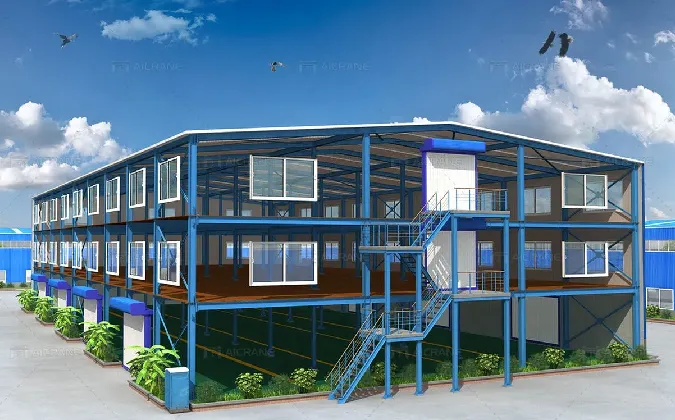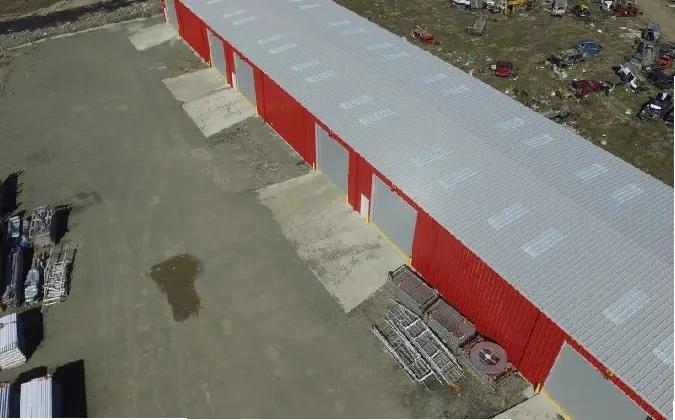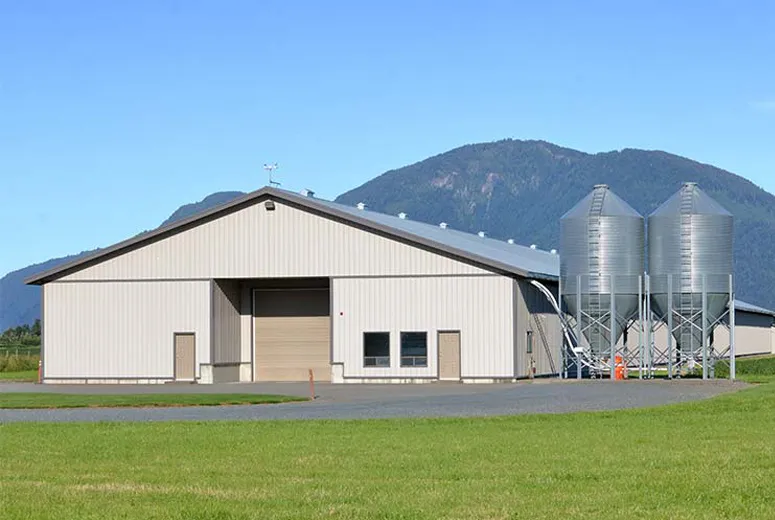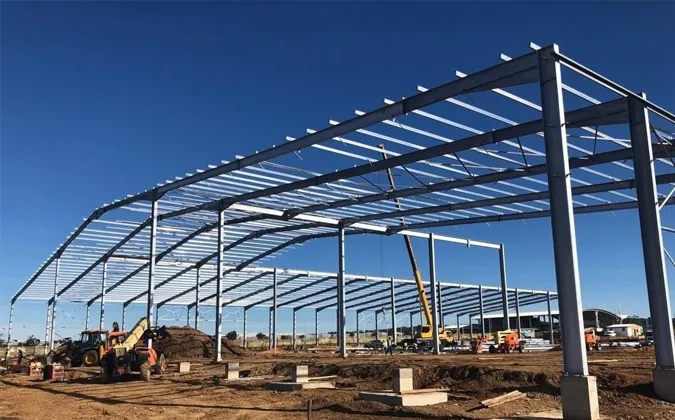- Afrikaans
- Albanian
- Amharic
- Arabic
- Armenian
- Azerbaijani
- Basque
- Belarusian
- Bengali
- Bosnian
- Bulgarian
- Catalan
- Cebuano
- Corsican
- Croatian
- Czech
- Danish
- Dutch
- English
- Esperanto
- Estonian
- Finnish
- French
- Frisian
- Galician
- Georgian
- German
- Greek
- Gujarati
- Haitian Creole
- hausa
- hawaiian
- Hebrew
- Hindi
- Miao
- Hungarian
- Icelandic
- igbo
- Indonesian
- irish
- Italian
- Japanese
- Javanese
- Kannada
- kazakh
- Khmer
- Rwandese
- Korean
- Kurdish
- Kyrgyz
- Lao
- Latin
- Latvian
- Lithuanian
- Luxembourgish
- Macedonian
- Malgashi
- Malay
- Malayalam
- Maltese
- Maori
- Marathi
- Mongolian
- Myanmar
- Nepali
- Norwegian
- Norwegian
- Occitan
- Pashto
- Persian
- Polish
- Portuguese
- Punjabi
- Romanian
- Russian
- Samoan
- Scottish Gaelic
- Serbian
- Sesotho
- Shona
- Sindhi
- Sinhala
- Slovak
- Slovenian
- Somali
- Spanish
- Sundanese
- Swahili
- Swedish
- Tagalog
- Tajik
- Tamil
- Tatar
- Telugu
- Thai
- Turkish
- Turkmen
- Ukrainian
- Urdu
- Uighur
- Uzbek
- Vietnamese
- Welsh
- Bantu
- Yiddish
- Yoruba
- Zulu
Sep . 24, 2025 16:22 Back to list
Factory steel buildings—including industrial factory building structures and cost-effective factory direct steel buildings—rely on effective insulation to regulate indoor temperatures, reduce energy costs, and protect equipment or inventory from extreme weather. Unlike traditional brick-and-mortar factories, steel buildings conduct heat quickly, making insulation critical for maintaining comfortable working conditions (in hot or cold climates) and meeting sustainability goals. For wholesalers serving industrial developers, manufacturing firms, or logistics companies, partnering with a manufacturer that integrates high-performance insulation into factory steel buildings is essential. Hebei HongJi Shunda Steel Structure Engineering Co., Ltd., founded in 2000 with a 52,000-square-meter facility and USD$2.5 million registered capital, specializes in factory steel buildings (warehouses, workshops, storage sheds) with tailored insulation solutions. Their professional design and construction teams ensure insulation aligns with client needs—from temperature-sensitive manufacturing to energy-efficient logistics hubs—making them a trusted bulk partner for wholesalers globally.
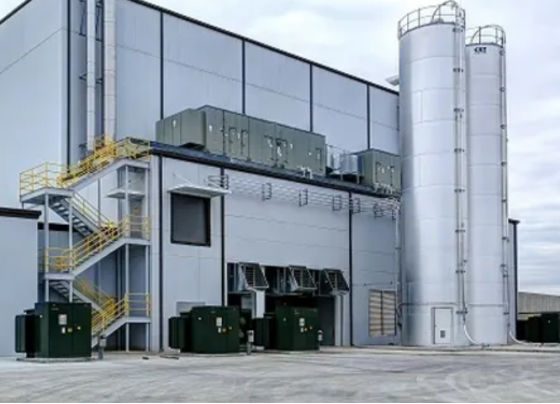
Batt and Blanket Insulation for Factory Direct Steel Buildings
- Fiberglass Batt Insulation for Cost-Effective Factory Steel Buildings: Fiberglass batt insulation is a popular choice for factory direct steel buildings due to its affordability and easy installation. Hebei HongJi Shunda installs these pre-cut, flexible batts between steel purlins (the horizontal beams supporting the roof and walls), creating a continuous thermal barrier. The batts are available in varying thicknesses (to match climate needs—thicker for cold regions, thinner for mild areas) and are faced with vapor barriers (to prevent moisture buildup in steel cavities). For a factory building used for light manufacturing in a temperate climate, fiberglass batt insulation reduces heating/cooling costs by 30–40% vs. uninsulated steel structures.
- Mineral Wool Blanket Insulation for High-Temperature Factory Building: For factory building with high-heat processes (e.g., metalworking, plastic molding), Hebei HongJi Shunda recommends mineral wool blanket insulation. Made from molten rock or slag, this insulation resists temperatures up to 700°C, protecting steel frames from heat damage and preventing indoor overheating. The blankets are also fire-resistant (meeting international fire codes) and sound-absorbent—ideal for noisy factory floors. A factory steel building housing a welding workshop, for example, uses mineral wool blankets to contain heat within work zones and reduce noise pollution for nearby offices.
Spray Foam Insulation for Seamless Coverage in Factory Steel Buildings
- Closed-Cell Spray Foam for Air-Tight Factory Direct Steel Buildings: Closed-cell spray foam is a premium insulation choice for factory direct steel buildings requiring maximum air tightness. Hebei HongJi Shunda’s teams spray this foam directly onto steel walls, roofs, and cavities— it expands to fill gaps, cracks, or irregular spaces (common in custom steel structures), creating a seamless barrier against air leakage. Closed-cell foam also adds structural rigidity to factory steel buildings (strengthening steel connections) and resists moisture (preventing rust in steel cavities). For a factory building in a windy coastal region, this insulation eliminates drafts and protects steel from saltwater corrosion, extending the building’s lifespan by 10–15 years. Wholesalers can market this as a long-term investment: while more expensive upfront, closed-cell foam reduces energy and maintenance costs, appealing to clients focused on total cost of ownership.
- Open-Cell Spray Foam for Budget-Friendly Factory Building Insulation: Open-cell spray foam is a more affordable alternative for factory building with less stringent air-tightness needs (e.g., storage sheds, non-climate-controlled warehouses). It has a lower density than closed-cell foam but still provides effective thermal insulation and sound absorption. Hebei HongJi Shunda uses open-cell foam for factory direct steel buildings where cost is a primary concern—for example, a logistics warehouse storing non-perishable goods. The foam is applied quickly (covering large areas in hours) and adheres well to steel, ensuring even coverage. For wholesalers, open-cell foam balances performance and cost: it lets clients insulate large factory steel buildings without exceeding budgets, making it a popular choice for bulk industrial projects.
Insulation Technique Comparison for Factory Steel Buildings
|
Insulation Technique |
Key Advantage for Factory Steel Buildings |
Ideal Factory Building Type |
Hebei HongJi Shunda Advantage |
Wholesaler Value |
|
Fiberglass Batt |
Affordable; easy installation |
Light manufacturing, general workshops |
Pre-cut to fit steel purlins |
Appeals to budget-focused bulk clients |
|
Mineral Wool Blanket |
Heat-resistant; fireproof |
High-temperature processes (welding) |
Fire-code compliant; sound absorption |
Caters to specialized industrial needs |
|
Closed-Cell Spray Foam |
Air-tight; moisture-resistant |
Coastal factories, climate-controlled |
Seamless coverage; structural support |
Long-term value for premium clients |
|
Open-Cell Spray Foam |
Cost-effective; fast application |
Storage sheds, non-climate warehouses |
Large-area coverage; sound dampening |
Fits large-scale, low-cost projects |
Insulation Installation Best Practices for Factory Direct Steel Buildings
- Vapor Barrier Integration for Factory Steel Buildings: Moisture buildup is a major risk in factory steel buildings(it causes rust and mold), so Hebei HongJi Shunda integrates vapor barriers with all insulation techniques. For fiberglass or mineral wool insulation, this means using faced batts/blankets (with a plastic or foil vapor barrier) installed on the warm side of the steel (e.g., interior walls in cold climates). For spray foam, the foam itself acts as a vapor barrier, eliminating the need for additional layers. A factory building in a humid subtropical climate, for example, uses vapor barriers to prevent warm, moist air from seeping into steel cavities and condensing on cold steel surfaces. Wholesalers can emphasize this to clients: proper vapor barrier installation extends insulation effectiveness and protects factory direct steel buildings from costly damage.
- Professional Installation for Consistent Factory Building Insulation: Hebei HongJi Shunda’s dedicated construction team ensures insulation is installed consistently across factory steel buildings—a critical factor for thermal performance. For example, fiberglass batts are never compressed (compression reduces R-value, the measure of insulation effectiveness) and are cut precisely to fit around steel beams (no gaps left unfilled). Spray foam is applied at the correct thickness (monitored via laser tools) to ensure uniform R-values. A wholesaler ordering 10 factory direct steel buildings for a manufacturing park can trust that each building will have the same insulation quality, avoiding hot/cold spots that disrupt operations. For wholesalers, professional installation reduces client complaints: factory steel buildings perform as expected, building loyalty for future bulk orders.
Factory Steel Buildings FAQS
How Does Insulation Impact Energy Costs for Factory Direct Steel Buildings?
Insulation reduces energy costs significantly: factory direct steel buildings with proper insulation (e.g., closed-cell spray foam or mineral wool) cut heating/cooling expenses by 35–50% vs. uninsulated structures. For a 10,000-square-meter factory building using 10,000 monthly in energy, insulation can save 42,000–$60,000 annually. Hebei HongJi Shunda provides energy-saving calculators for wholesalers to share with clients, quantifying long-term savings— a key tool for convincing clients to invest in quality insulation.
Can Insulation Be Added to Existing Factory Steel Buildings?
Yes—Hebei HongJi Shunda offers retrofitting services for existing factory steel buildings, making it easy for clients to upgrade insulation. For older buildings with fiberglass batt insulation, the team can add a layer of spray foam to fill gaps; for uninsulated structures, they install batts or blankets between existing steel purlins. A wholesaler’s client with a 15-year-old factory building can improve energy efficiency without demolishing or rebuilding, extending the building’s useful life. For wholesalers, retrofitting expands market reach: it caters to clients with existing assets, not just new construction projects.
What Insulation Is Best for Factory Building in Cold Climates?
For cold climates, Hebei HongJi Shunda recommends closed-cell spray foam (high R-value per inch) or thick mineral wool blankets (R-30+). These insulations trap heat effectively and resist moisture (critical for preventing frozen pipes or equipment damage). A factory steel building in a northern region using closed-cell foam will maintain indoor temperatures 15–20°C above outdoor levels with minimal heating, reducing fuel consumption. Wholesalers can position this as a climate-specific solution, helping clients avoid costly cold-weather issues.
Is Fire-Resistant Insulation Required for All Factory Steel Buildings?
It depends on the factory’s use: factory building with flammable materials or high-heat processes (e.g., chemical manufacturing, welding) require fire-resistant insulation (mineral wool or fire-rated spray foam) to meet local fire codes. General-purpose factories (e.g., assembly plants) may use standard fiberglass or open-cell foam, but Hebei HongJi Shunda often recommends fire-retardant additives for added safety. The company provides code-compliance documentation for all insulation, helping wholesalers’ clients pass inspections. For wholesalers, this ensures factory direct steel buildings meet regulatory requirements, reducing client liability.
How Long Does Insulation Last in Factory Direct Steel Buildings?
Insulation in factory direct steel buildings has a long lifespan: fiberglass and mineral wool last 20–30 years (with proper maintenance), while closed-cell spray foam lasts 30–50 years. Hebei HongJi Shunda’s high-quality materials and professional installation extend this lifespan—for example, sealed spray foam won’t settle or degrade over time. A factory steel building insulated with closed-cell foam will maintain its thermal performance for decades, requiring no replacement.
-
Bolted Connections in Steel Frame Warehouse
NewsNov.17,2025
-
Hay Storage in Farm Metal Buildings
NewsNov.17,2025
-
Advantages of a Steel Portal Frame Shed
NewsNov.17,2025
-
The Erection Process of a Steel Building Hangar
NewsNov.17,2025
-
Energy Efficiency of Steel Dome Garage Kits
NewsNov.17,2025
-
Fire Resistance of Kit Metal Garages
NewsNov.17,2025
Products categories
Our Latest News
We have a professional design team and an excellent production and construction team.








